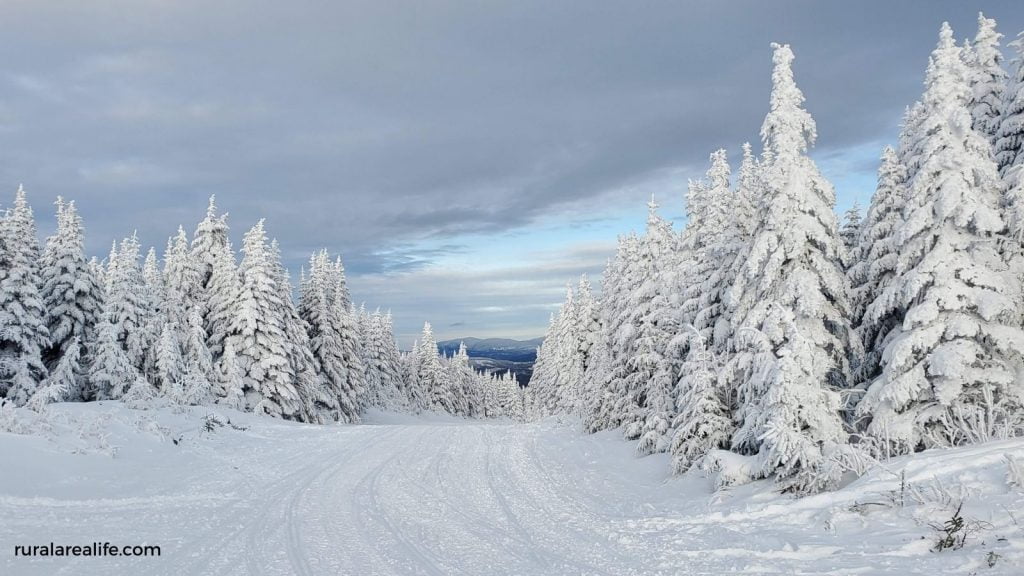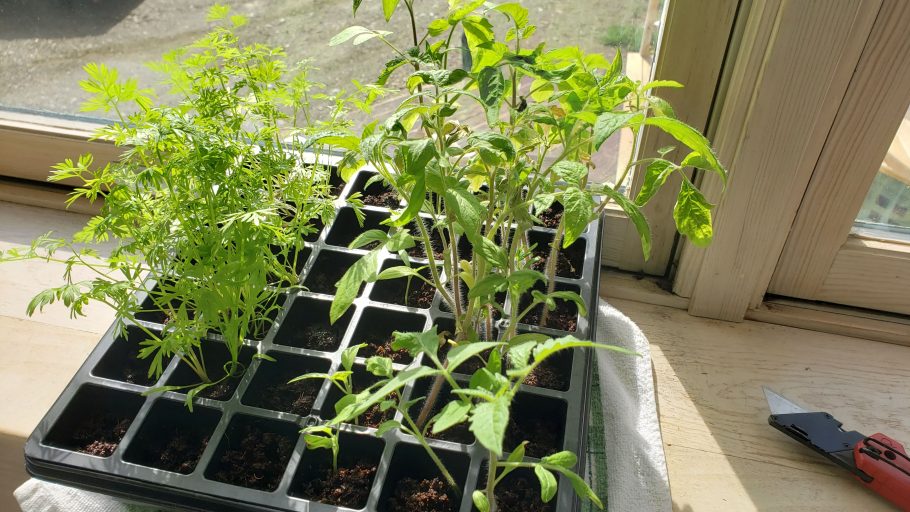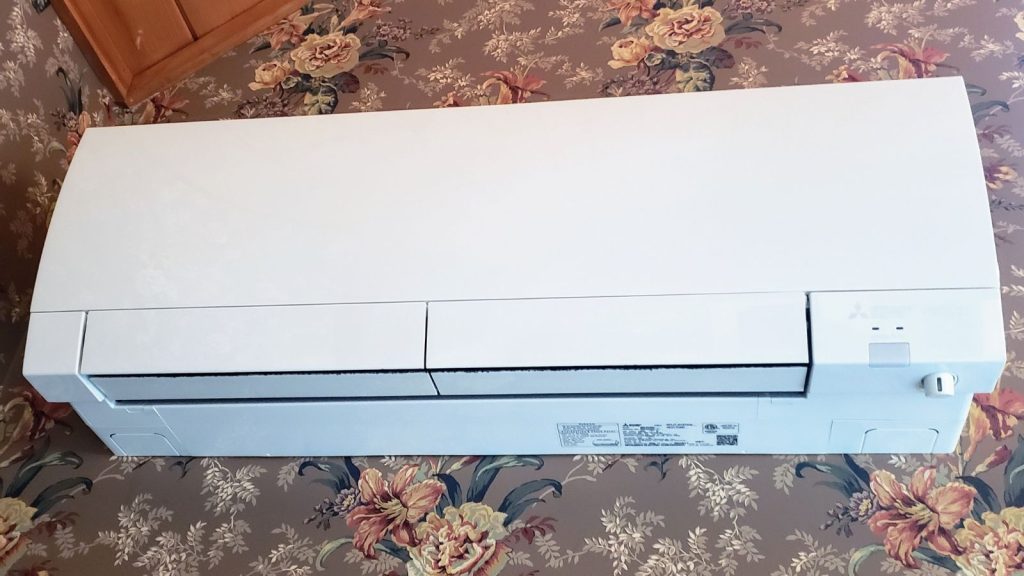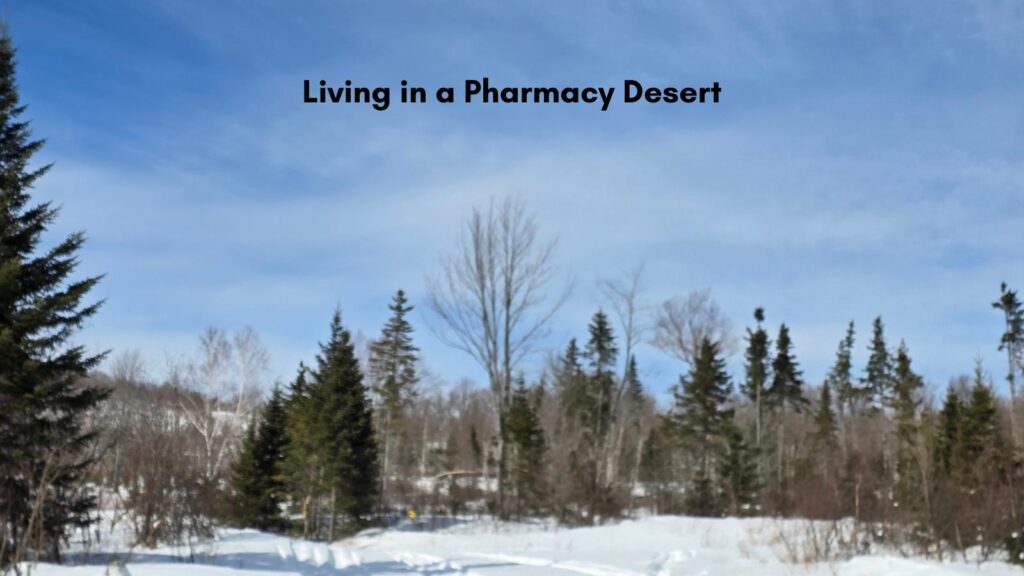Do you worry about staying warm when the temperatures dip? When most people think of health hazards, they think of warm weather dangers like heat stroke and dehydration. But the truth is, cold weather can be just as dangerous. In fact, according to the National Center for Health Statistics, more than twice as many people die from hypothermia each year than from heat exposure. So, staying warm is necessary if you live in a cold rural area.
It’s especially important for people living in rural areas to take steps to stay warm in the winter months, when temperatures can plunge below freezing.
Last winter, we experienced warm temperatures at -26 degrees and wind chills at -58 degrees one weekend. The prior year, we had -30 degrees absolute feel temperatures for a week. (These temperatures are in Fahrenheit degrees.)
You quickly learn a few things when it is that cold.
- Colder temperatures can lead to health problems like hypothermia and frostbite.
- Staying warm can help you stay comfortable and alert.
- Staying warm can help you save money on your heating bill.
- You want to stay warm if you get stuck outside in the colder climate for extended periods.
Here’s a look at some ways cold weather can affect your health and what you can do to stay safe this winter.
Staying Warm To Avoid Hypothermia and Frostbite
Two of the most common cold-weather health hazards are hypothermia and frostbite. Hypothermia occurs when your body temperature falls below 95 degrees Fahrenheit, and frostbite occurs when your skin tissue freezes.
Both conditions are hazardous and can even be fatal if not treated immediately.
Three winters ago, two hikers succumbed to hypothermia in different parts of the United States; it was such a sad tragedy. It inspired me to write about this for those moving or living in rural areas.
(Last year, I’ve heard of one death already and several from falling into ponds where the ice was not yet safe.)
Symptoms of hypothermia include shivering, confusion, slurred speech, and drowsiness. If you suspect someone has hypothermia, it’s essential to get them to a warm place immediately and call for medical help. Symptoms of frostbite include pale or blue skin, numbness or tingling, and waxy-looking skin.
Treatment for frostbite includes gently warming the affected area with warm water or a heating pad set on low heat. Never use direct heat (like a furnace) or put the affected area directly before a fire because that can cause further damage.
If you have severe frostbite, seek medical attention right away.
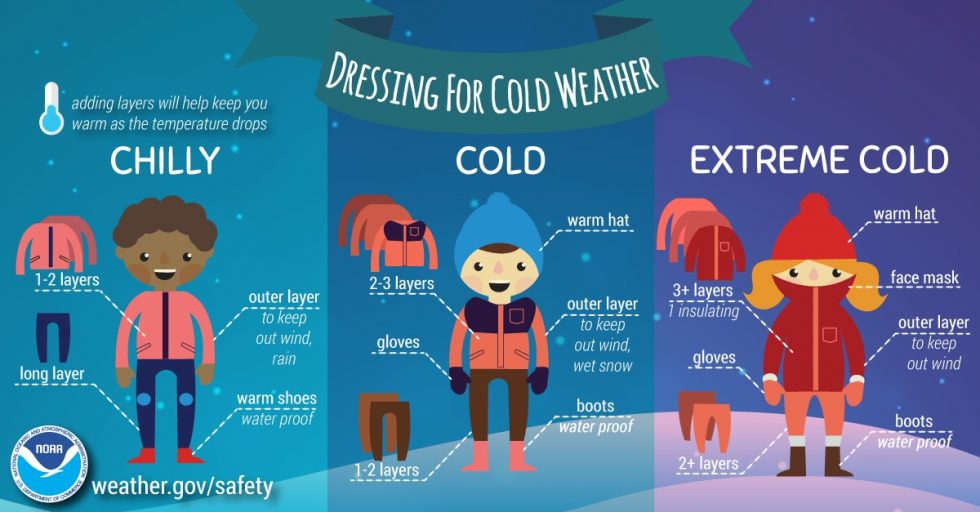
Image courtesy of weather.gov/safety/winter
Staying Warm When Accidents Happen
I learned firsthand how accidents happen when I had a snowmobile accident about 10 years ago that almost killed me. I hit the throttle on my 2nd day of sledding.
I ended up 30 ft. in the air, hit a tree, and landed in a ravine. My husband could not find me at first and could not ask for help as there was no cell service in the rural area.
He had to wait until someone drove by to ask for help. It took the medics 45 minutes to get me out of the woods, and I started to go into hyperthermia. They had to inject a warm liquid to help me so I would not freeze to death.
Once I got to the nearest hospital, they found I had too many injuries and had to transport me to a trauma center a few hours away.
It was a long ride in the ambulance on a cold, snowy night. The temperatures were about -10 degrees. My boots and gloves fell off me when I was bumped off the sled after hitting the tree. Saying warm was not easy that evening.
Years later, we had another accident driving up the mountains, and my husband was injured. We almost got killed getting out of the vehicle as other vehicles were spinning on the icy roads.
And then last year, his snowmobile broke, and he went flying at 90+ mph on the ice and ended up with a concussion and injured his shoulder. Everything he had packed was scattered on the 17-mile lake.
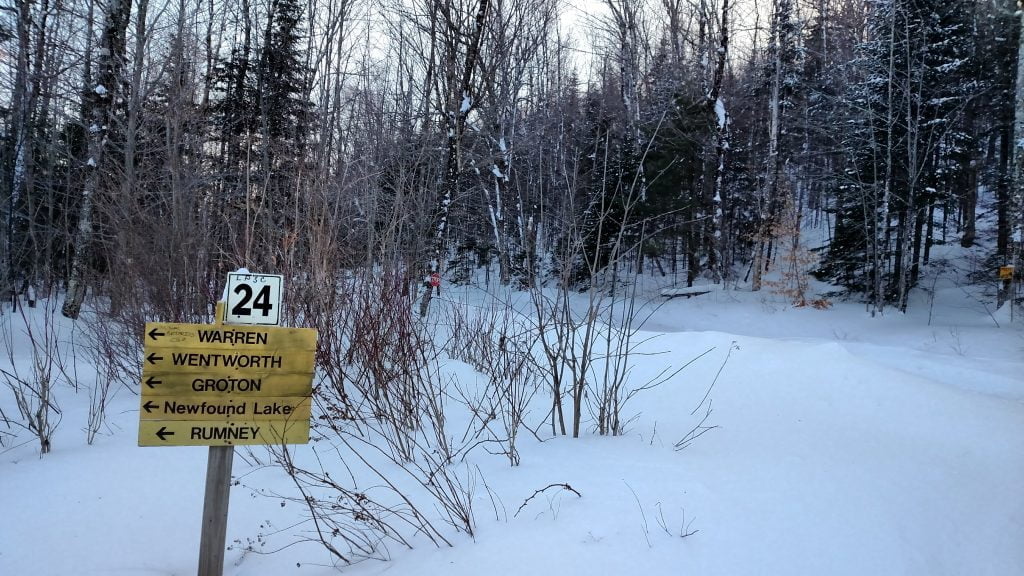
Preventative Steps You Can Take to Stay Warm
Several preventative steps can help you stay warm and avoid hypothermia and frostbite. Of course, good planning and purchasing the right clothing and equipment are at the top of the list.
1. Planning In Colder Weather
Planning before you head outdoors in the winter months is essential. Check the weather forecast that day.
However, the weather can change quickly if you live in the mountains. We were coming home the other night from a 300-mile trip, and the weather was for cloudy skies.
But while we were driving through the mountains, the snow was coming down fast, and temperatures dipped below freezing quickly.
2. Clothing For Staying Warm
Having the right gear and clothing will help you stay warm when the temperatures go way below freezing.
First, dress in layers to remove clothing if you get too warm. Purchase the best clothing you can, as it will protect you better. The better clothing for staying warm should last you a lifetime. You can also purchase heated gear, which we often use.
Second, stay dry—wet clothes will make you lose body heat more quickly. Be sure to look for waterproof clothing from head to toe!
Third, wear a hat or scarf to protect exposed skin from the wind and cold temperatures. You must also protect your face when the temperatures drop below 10 degrees.
However, if you don’t have the money for new clothing, think wool. Wool is the only standard fabric that insulates, even when soaking wet! Many hikers will only wear wool socks, even in the summertime. Wear wool next to your skin.
Never, ever, cotton if you are out in the cold. Once wet, cotton loses its insulation property and takes hours to dry. If this happens to your feet, you can develop itchy, red feet.
I have a heated pair of gloves for the frigid days in our rural area. They are operated by batteries that must be charged several hours before use. They have three temperature controls to choose from.
3. Keep Warm Naturally
Not only clothing but learning how to keep the body warm naturally by preparing and eating foods that take longer to digest. These foods to keep you warmer could include:
- oatmeal
- bananas
- red meat
- sweet potatoes
- soup
- hot drinks
4. Carry Other Valuables When Traveling In Cold Weather
Having food and medicines with you will help you survive when you get stuck out in the cold weather. On the day of my accident, I had fruit snacks in my pocket. I knew if I got hungry, I could have eaten some.
Today, when I go snowshoeing, I carry quite a few essentials with me: a fully charged mobile device in a case to keep it warm, extra snacks, and drinks. (The Thermos must be able to keep liquids from freezing!)
I have a compass in case I get lost, extra medications, and a whistle to call for help in emergencies.

5. Vehicles and Equipment In Colder Weather – Fully Fueled and Checked
If you are using a vehicle to go out in the colder temperatures, be sure it is working 100%, fully fueled, and ready for any journey that could take longer in the frozen weather. Even on the snowmobile, we carry an extra gas tank made for it in case of emergency, as you never know what you may encounter.
Weather, other trail riders, and wildlife can crash into you on your journey. The key to staying warm is being fully prepared for anything in the wilderness.
Keeping your body warm naturally is also essential if you are stuck outdoors.
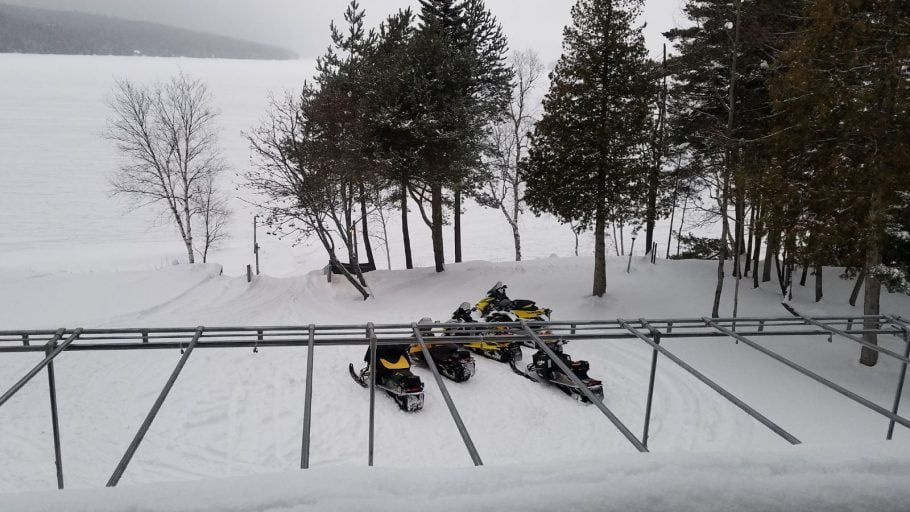
6. Your Mood Also Suffers When You’re Cold
Your mood suffers when you’re cold. That’s because being cold activates your fight-or-flight response, which releases stress hormones like cortisol and adrenaline. These hormones make you feel anxious and stressed out.
When you’re anxious and stressed out, you’re more likely to suffer from depression and anxiety disorders. So, to maintain a good mood, find ways to stay warm and active during the winter months.
Staying Warm And Active In The Cold
Walking, shoveling snow, or even doing some light exercises indoors can help increase your body temperature and make you feel more comfortable in cold weather. Just be sure not to overdo it—you don’t want to get too sweaty and feel even colder later.
That’s why dressing in layers is essential when active in colder climates. Often, while it snows, I’m amazed at how warm it gets in 20+ degree weather. I put the extra layers and clothing in the backpack as needed.
Tips for Staying Warm at Home
Finally, ensure your home is adequately heated—aim for 68 degrees Fahrenheit. Then, be sure that any exposed pipes are insulated so they don’t freeze.
Also, be aware that using heat pumps in freezing weather will cost you a lot of money! They work much harder under 0-degree temperatures. Last year, our electric bill went up $500 in one month due to a new heat pump we used in one large room.
Furthermore, you can use a pellet or wood stove to save more on the increasing energy costs of heating your home in the wintertime. Lastly, having a programmable thermostat can help you adjust if you are also away from home.
Of course, a wood stove is the cheapest way to stay warm during the winter months.
However, keeping yourself warm in a cold home is a little more challenging, but it can be done. Dress in layers, and be sure to have very warm socks on.
I usually wear socks to bed until my feet warm up, and it is how I keep warm in bed. The rest of my body feels warm as well.
Conclusion: Staying Warm
While most people associate health hazards with warmer months, cold weather can be just as dangerous—if not more so. That’s why people living in colder rural areas must take steps to stay warm during the winter months.
By dressing in layers, staying dry, protecting exposed skin, and keeping your home heated, you can help prevent cold-weather health hazards like hypothermia and frost.
Lastly, please remember your pets. Please do not leave them outdoors when the temperatures are dangerously low. If you have an automatic dog door, turn it off on those colder days and evenings.
What do you do to stay warm in colder temperatures? Please comment so we can all learn some other tips.
